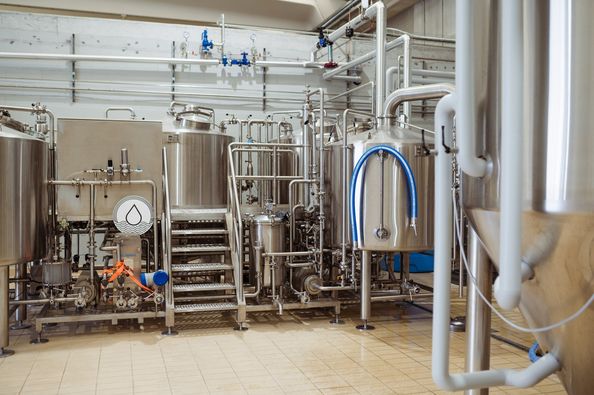A Step-by-Step Guide to the Beer Manufacturing Process
What Is Beer Made Of? The Basic Ingredients That Make Magic Happen
Let’s be real for a second: beer might taste like liquid joy, but under the foam and fizz lies a beautiful balance of chemistry, craft, and tradition. So, what goes into that golden (or dark and brooding) pint? Surprisingly, just four primary ingredients—each playing a critical role.
First up, water. It’s not just the filler; it actually makes up about 90-95% of beer. The mineral content of the water affects the beer’s flavor and style. Ever wondered why certain regions are known for specific types of beer? It often comes down to the local water chemistry.
Next, we have malted grains, primarily barley. Malting is the process where grains are soaked, germinated, and dried to activate enzymes. These enzymes later break down starches into fermentable sugars during brewing. Barley gives the beer its body, sweetness, and color.
Then comes the hop magic. Hops are flowers (yup, flowers!) that add bitterness to counter the sweetness of the malt. But they do more than that—they lend aroma, flavor, and even act as a natural preservative. Want a citrusy IPA or a piney pale ale? That’s hops doing their thing.
Last but not least, yeast. These microscopic organisms might not look like much, but they are the lifeblood of fermentation. Yeast consumes sugar and produces alcohol, carbon dioxide, and a whole range of subtle flavor compounds. Different yeast strains can create everything from banana-like notes in a hefeweizen to the dry crispness of a lager.
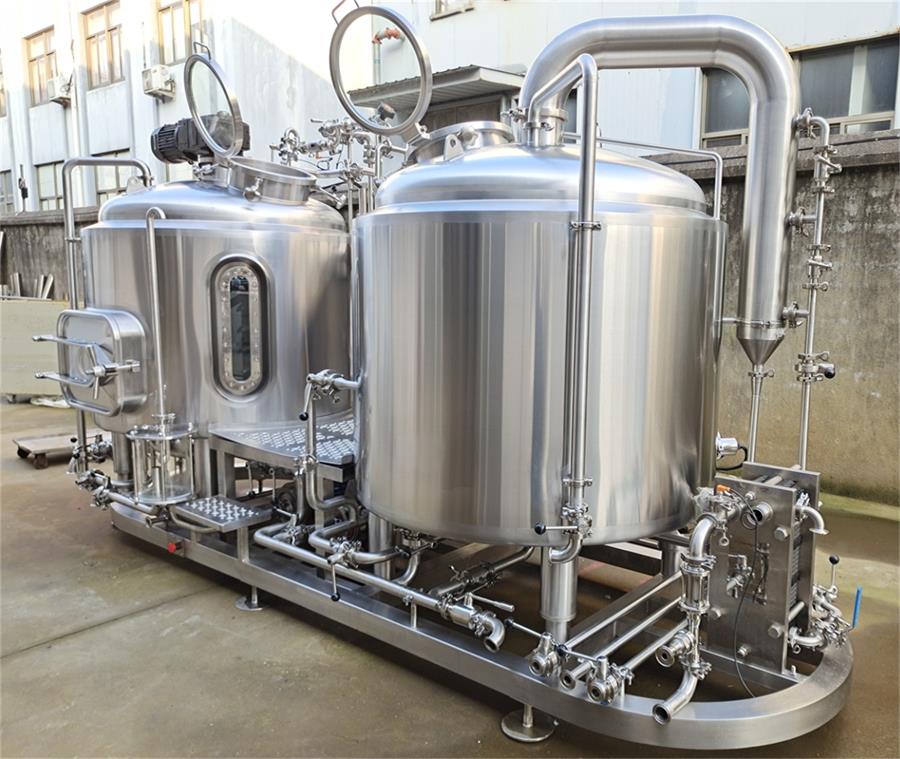
Step-by-Step Beer Manufacturing Process: From Malting to Maturation
Alright, now that you know the ingredients, let’s dive into how they come together. Whether you’re touring a sleek commercial facility or brewing in your buddy’s garage, the steps follow a fairly similar rhythm.
1. Malting
This is where the barley gets its makeover. Grains are soaked in water, allowed to germinate, and then dried in a kiln. The heat level affects the malt profile—light malt for crisp lagers and darker malt for stouts and porters. The goal here is to activate enzymes without letting the grain sprout too far.
2. Milling
The malted barley is crushed in a mill to break up the kernels and expose the starches. Think of it like chopping vegetables before you cook—you need the ingredients broken down to access the good stuff.
3. Mashing
Now the crushed malt heads to the mash tun, a big insulated tank. Here it’s mixed with hot water in a process called “mashing.” The heat activates those enzymes we talked about, turning complex starches into simple sugars.
4. Lautering
Once the mash has done its job, the sweet liquid (called wort) is separated from the grain husks. This step is like straining tea. The goal is to extract as much sugar as possible without bringing along unwanted solids.
5. Boiling
The wort is then boiled, usually for 60-90 minutes. This step sterilizes the liquid and is when hops are added. The timing of hop additions matters a lot: early for bitterness, late for aroma and flavor.
6. Cooling and Fermentation
After boiling, the wort is rapidly cooled to a yeast-friendly temperature. Then it’s transferred to a fermentation vessel, and yeast is added. Depending on the beer style, fermentation might take a few days (ales) or several weeks (lagers).
7. Conditioning and Maturation
After fermentation, the beer isn’t quite ready. It needs time to mellow out, clear up, and develop deeper flavors. This conditioning phase can happen in tanks, barrels, or bottles. Some beers get dry-hopped during this stage for extra aroma.
8. Filtration and Packaging
Finally, the beer is filtered (if desired), carbonated, and packaged in bottles, cans, or kegs. It’s now ready to chill, pour, and enjoy.
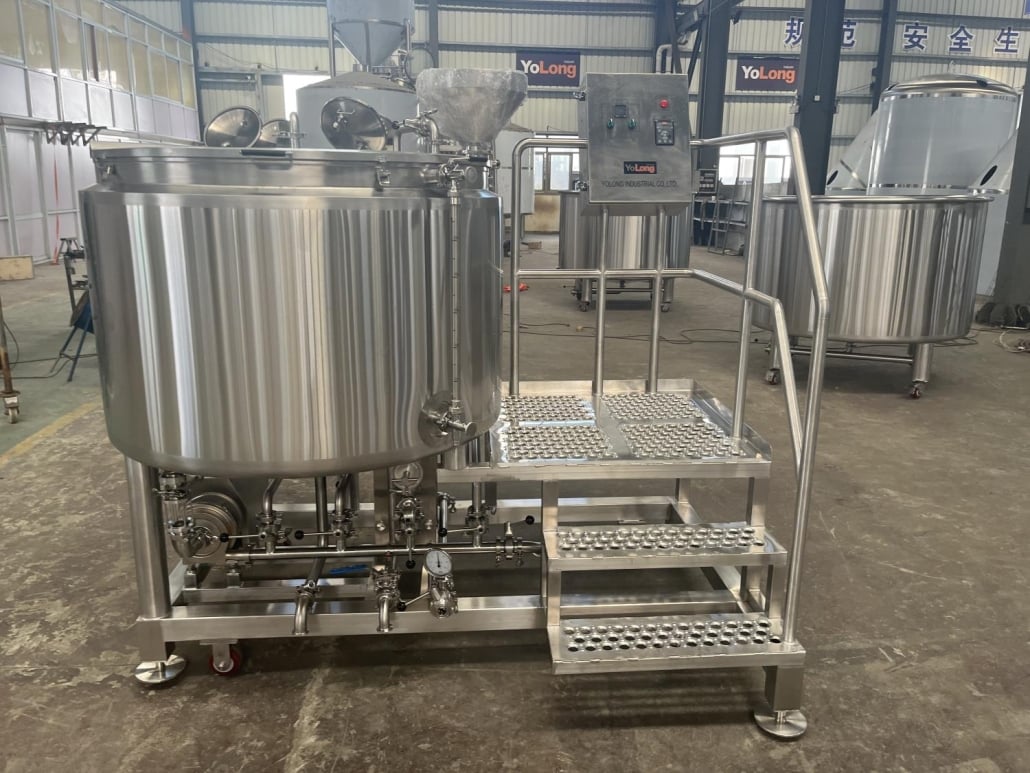
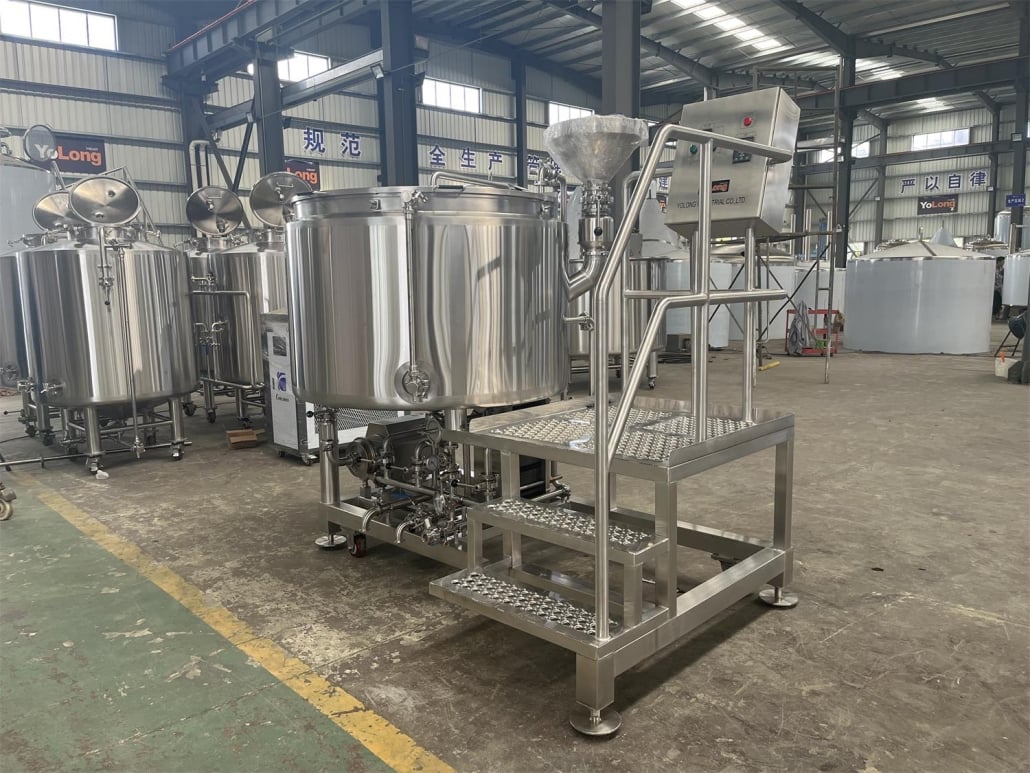
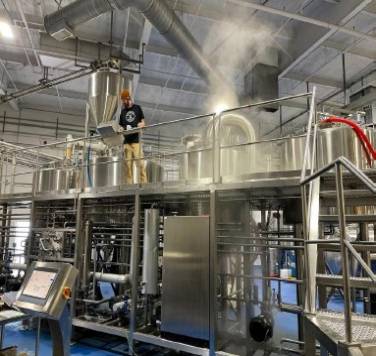
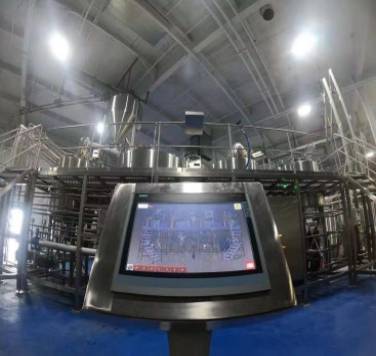
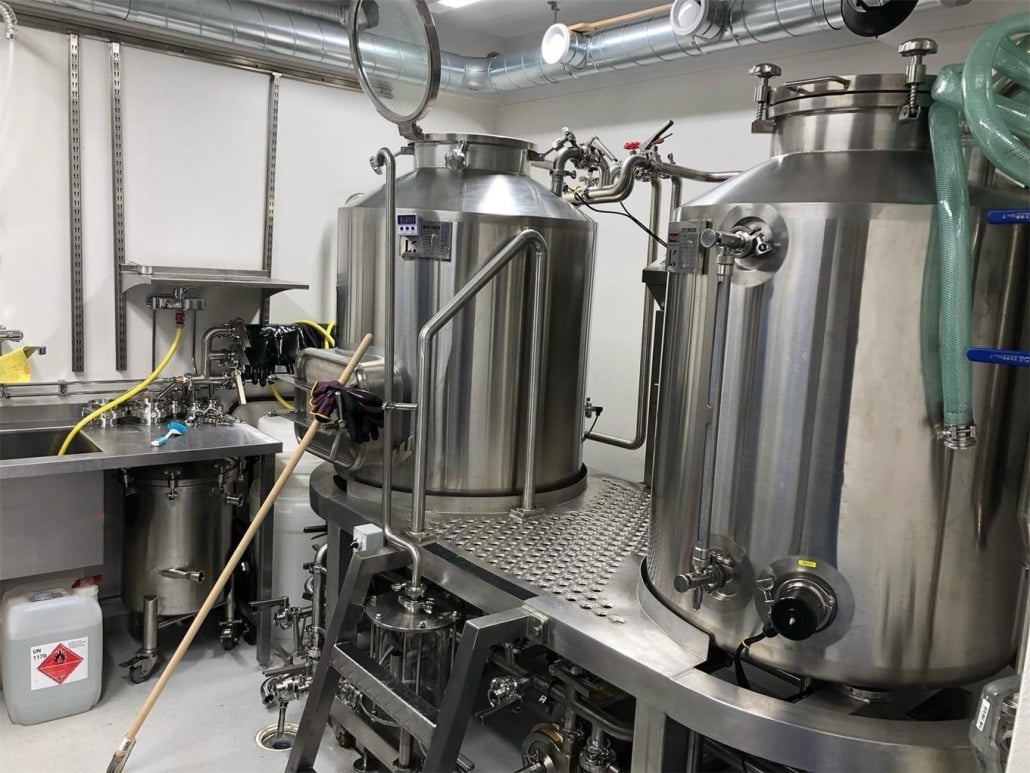
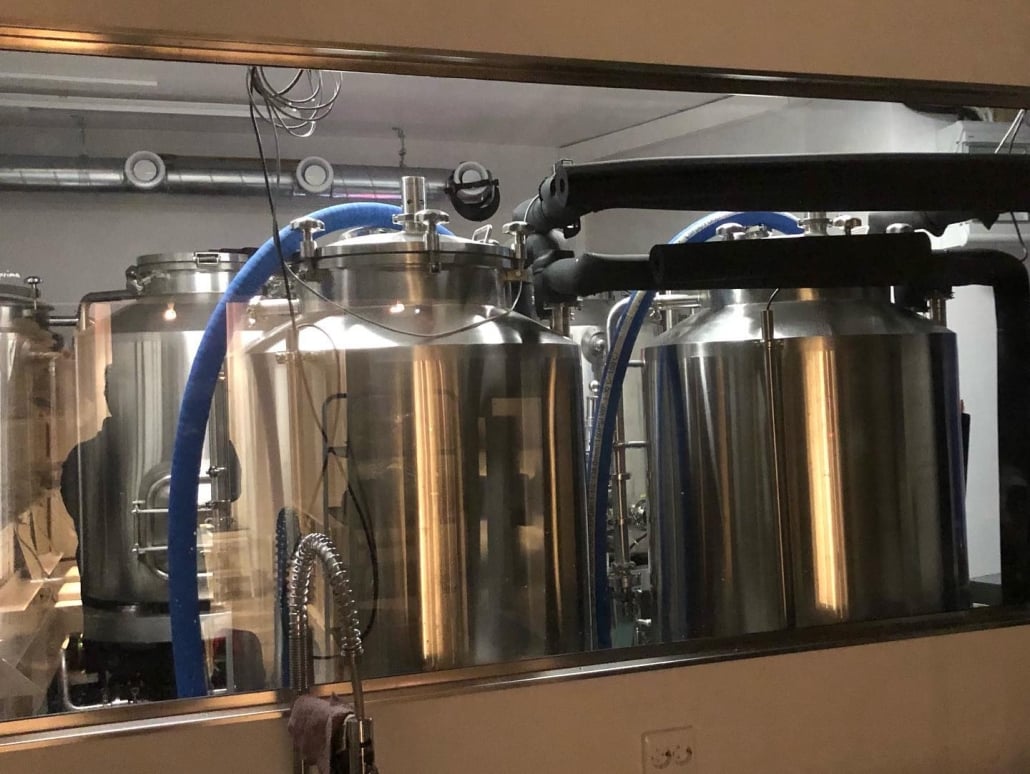
Commercial vs. Home Beer Brewing: The Big League vs. Backyard Heroes
Let’s talk scale. Brewing beer commercially and brewing it at home follow the same principles, but the differences are night and day when it comes to volume, control, and precision.
Equipment & Setup
Commercial brewers use industrial-grade equipment with precise temperature controls, automated stirring mechanisms, and massive fermenters. Homebrewers, on the other hand, work with smaller kettles, DIY setups, and often repurposed household items. One uses a thousand-gallon mash tun; the other might use a modified cooler.
Batch Size
Commercial batches are huge—hundreds to thousands of gallons. Homebrewers usually work in 1 to 10-gallon batches. This means fewer experiments on the commercial side due to cost, while homebrewers can afford to play around.
Control & Consistency
Big breweries obsess over consistency. They have labs to monitor yeast health, bitterness levels, and clarity. Homebrewers rely more on experience, taste, and a bit of luck. But hey, that’s part of the fun!
Cost & Profit
Commercial brewing is a serious investment with big overhead costs but potential for significant profits. Homebrewing is generally cheaper per batch but purely for personal enjoyment (or bragging rights).
| Feature | Commercial Brewing | Home Brewing |
|---|---|---|
| Batch Size | 500 – 10,000+ liters | 5 – 50 liters |
| Equipment Cost | $100,000+ | $100 – $2,000 |
| Time to Brew | 3-6 weeks | 1-3 weeks |
| Quality Control | Lab testing and automation | Manual testing and observation |
| Experiment Flexibility | Limited | High |
Sustainable Brewing Practices: Making Beer Without Wasting the Planet
In today’s eco-conscious world, even your beer is getting greener. And no, we’re not talking about some weird herbal IPA. Sustainable brewing is all about reducing water use, repurposing waste, and sourcing ingredients responsibly.
Water Conservation
Breweries are water-intensive, often using 5-10 liters of water for every liter of beer. Sustainable breweries work on reducing this ratio by recycling cleaning water, using dry conveyor belts, and installing water-efficient equipment.
Energy Efficiency
Using heat exchangers, solar panels, or steam recapture systems helps cut energy costs and emissions. Some craft breweries even generate energy from brewing byproducts like spent grain or yeast.
Waste Management
Grain leftover from the mash (spent grain) can be repurposed as cattle feed, fertilizer, or even baked goods. Brewers also recycle or compost hops, trub, and yeast.
Sustainable Ingredients
Organic malt and hops, locally sourced water, and heirloom barley strains are gaining traction. Sustainability isn’t just about what you save—it’s also about what you choose to use.
Green Packaging
From recyclable cans and bottles to biodegradable six-pack rings, eco-friendly packaging is catching on fast. Bonus points for breweries using refillable growlers or kegs.
| Sustainability Aspect | Eco-Friendly Practice | Benefits |
|---|---|---|
| Water Use | Recycled cleaning water, dry systems | Reduces waste, cuts costs |
| Energy Efficiency | Solar, heat recovery, efficient boilers | Lowers emissions and energy bills |
| Waste Repurposing | Spent grain as animal feed or compost | Reduces landfill waste |
| Sustainable Ingredients | Organic malt, local hops | Supports local, reduces transport |
| Packaging | Recyclable, biodegradable materials | Less pollution, more consumer appeal |

FAQ
| Question | Answer |
|---|---|
| What are the main ingredients in beer? | Water, malted grains (usually barley), hops, and yeast. |
| How long does it take to brew beer? | Anywhere from one to six weeks depending on the style and fermentation time. |
| Can beer be brewed without hops? | Yes, though it won’t have the typical bitterness. Some ancient or alternative beers use herbs or spices instead. |
| Is homebrewing legal? | In many countries, yes—with certain limits. Always check your local regulations. |
| What’s the difference between ale and lager? | It’s all about the yeast and fermentation temperature. Ales use top-fermenting yeast at warmer temps; lagers use bottom-fermenting yeast cold. |
| How is alcohol content controlled in beer? | By adjusting the amount of fermentable sugars and the yeast strain used. |
| Is beer vegan? | Often yes, but some beers use fining agents like isinglass (from fish bladders). Check labels if it matters to you. |
| Can beer spoil? | Yes, especially if improperly stored. Oxidation and contamination are the main culprits. |
FAQ (Beer Manufacturing Process)
1) How do breweries control bitterness (IBU) consistently batch-to-batch?
By standardizing alpha acid inputs (hop lots), timing additions during the boil/whirlpool, tracking wort gravity and pH, and verifying with lab assays or spectrophotometric IBU tests.
2) What’s the most critical step for preventing off-flavors in the beer manufacturing process?
Oxygen control after fermentation. Use closed transfers, CO2-purged lines and tanks, and verify dissolved oxygen (DO) at racking and packaging.
3) How do commercial breweries shorten total cycle time without sacrificing quality?
Tight temperature control, optimized yeast management (high-viability pitches), centrifugation/fining for clarity, and parallel tank scheduling to reduce idle time.
4) What KPIs should a brewery track across the beer manufacturing process?
Brewhouse efficiency (% extract), water-to-beer ratio (hl/hl), energy per hL, DO at package, CO2 usage per hL, and labor hours per hL.
5) How do breweries ensure consistency when switching hop or malt suppliers?
Pilot brews and sensory, adjust grist percentages and hopping rates based on COA data (alpha acids, oil composition, color, moisture, protein), and maintain retained samples for comparison.
2025 Industry Trends for the Beer Manufacturing Process
- Cold-side oxygen minimization: Wider adoption of inline DO sensors and low‑O2 transfer paths lowers staling and extends shelf life.
- Heat and water recovery: More breweries integrate wort vapor condensers and plate heat exchanger heat-reuse loops to cut utilities.
- Yeast management upgrades: Portable lab gear for cell counts, viability, and PCR screening reduces variability and contamination risk.
- AI-assisted scheduling and QC: Batch planning tools optimize cellar turnover; machine-learning models flag anomalies in fermentation curves.
- Sustainability by default: Best-in-class water-to-beer ratios of 3–4 L/L in new installations; eco packaging and CO2 recovery gain traction.
2025 Benchmarks and Cost Snapshot (US; directional)
| Metric | 2023 Avg | 2025 Avg | Notes/Source |
|---|---|---|---|
| Water-to-beer ratio (L/L) | 5–7 | 4–6 | BA sustainability progress |
| Electricity (small commercial) | $0.13–$0.17/kWh | $0.14–$0.19/kWh | U.S. EIA |
| DO at bright tank outlet (best practice) | ≤50 ppb | ≤30 ppb | Sensor costs down |
| Typical ale cycle time | 14–21 days | 12–18 days | Improved temp/yeast control |
| CO2 food-grade cost ($/lb) | 0.18–0.30 | 0.22–0.35 | Regional variability |
Sources:
- U.S. Energy Information Administration (EIA): https://www.eia.gov
- Brewers Association benchmarking and The New Brewer: https://www.brewersassociation.org
- ProBrewer vendor data and forums: https://www.probrewer.com
Latest Research Cases
Case Study 1: Heat Recovery Added to Wort Cooling Loop (2025)
Background: A regional brewery sought to cut utilities without expanding chiller capacity.
Solution: Installed a two-stage plate heat exchanger to preheat HLT using knocked-out wort heat; insulated hot-side piping and added automated valve sequencing.
Results: Reduced gas/electric use per hL by ~12–15%, shortened knockout by 10%, and improved brewhouse capacity by ~6% without new vessels.
Case Study 2: Inline DO Control Improves Shelf Life (2024)
Background: Elevated package DO led to flavor fade in 60–90 days.
Solution: Added inline DO sensors at the BBT outlet and filler bowl, standardized CO2 purges, and implemented fully closed transfers.
Results: BBT DO dropped from ~80–120 ppb to 20–35 ppb; stale/cardboard sensory defects decreased by >50% at 90 days ambient.
Expert Opinions
- Mary Pellettieri, QA Consultant and author of “Quality Management: Essential Planning for Breweries”:
“Measure what matters: DO at transfer and package, pH and gravity during fermentation, and sensory every batch. Consistency is built on verified data.” - John Mallett, Brewing Operations Expert and author of “Malt”:
“Lauter performance and oxygen control between whirlpool and fermenter are pivotal. Invest early in good grain handling, lauter mechanics, and sanitary cold-side design.” - Ashton Lewis, Technical Brewing Educator (MBAA; former BYO ‘Mr. Wizard’):
“Before buying more stainless, tune your process. Accurate temperature control, yeast health, and clean-in-place discipline often deliver the biggest quality gains.”
Practical Tools/Resources
- Brewers Association (planning, safety, sustainability): https://www.brewersassociation.org
- Master Brewers Association of the Americas (technical notes, podcasts): https://www.mbaa.com
- EIA utility data for budgeting: https://www.eia.gov/electricity/
- Brewing water and recipe calculators: https://www.brewersfriend.com | https://www.brunwater.com
- Inline QA instrumentation (Anton Paar, Haffmans): https://www.anton-paar.com | https://foodandbeverage.pentair.com
- ProBrewer knowledge base and classifieds: https://www.probrewer.com
Optimization tip: Add internal links to “low‑oxygen transfers,” “heat recovery in brewhouses,” and “yeast management basics” to strengthen topical coverage for the Beer Manufacturing Process.
Last updated: 2025-09-09
Changelog: Added 5 FAQs, 2025 trend table with benchmarks and sources, two concise case studies, expert insights, and curated tools/resources aligned with the Beer Manufacturing Process
Next review date & triggers: 2026-03-01 or earlier if BA releases new sustainability benchmarks, EIA utility rates shift >10%, or new DO sensor best practices are published
Share this entry
Interested in learning more about Brewing Systems including additional details and pricing information? Please use the form below to contact us!
YOLONG BREWERY EQUIPMENT FAQS
- Commercial Brewery / Craft Brewery / Microbrewery / Nanobrewery
- What is The Difference Between Craft Beer and Industrial Beer?
- The Bespoke Differences In Custom Brewing Systems
- Everything You Need to Know About Kettle Souring
- How to Choose Brewing Equipment for Your business?
- How To Choose The-Best Partner To Build Your Commercial Microbrewing System?
- Two Detection Sensors That You Need To Use In Your Brewhouse System
- Remote Control Applications in Brewing Equipment/How does it work?
- How To Clean Your Brand New Brewery Tanks?

